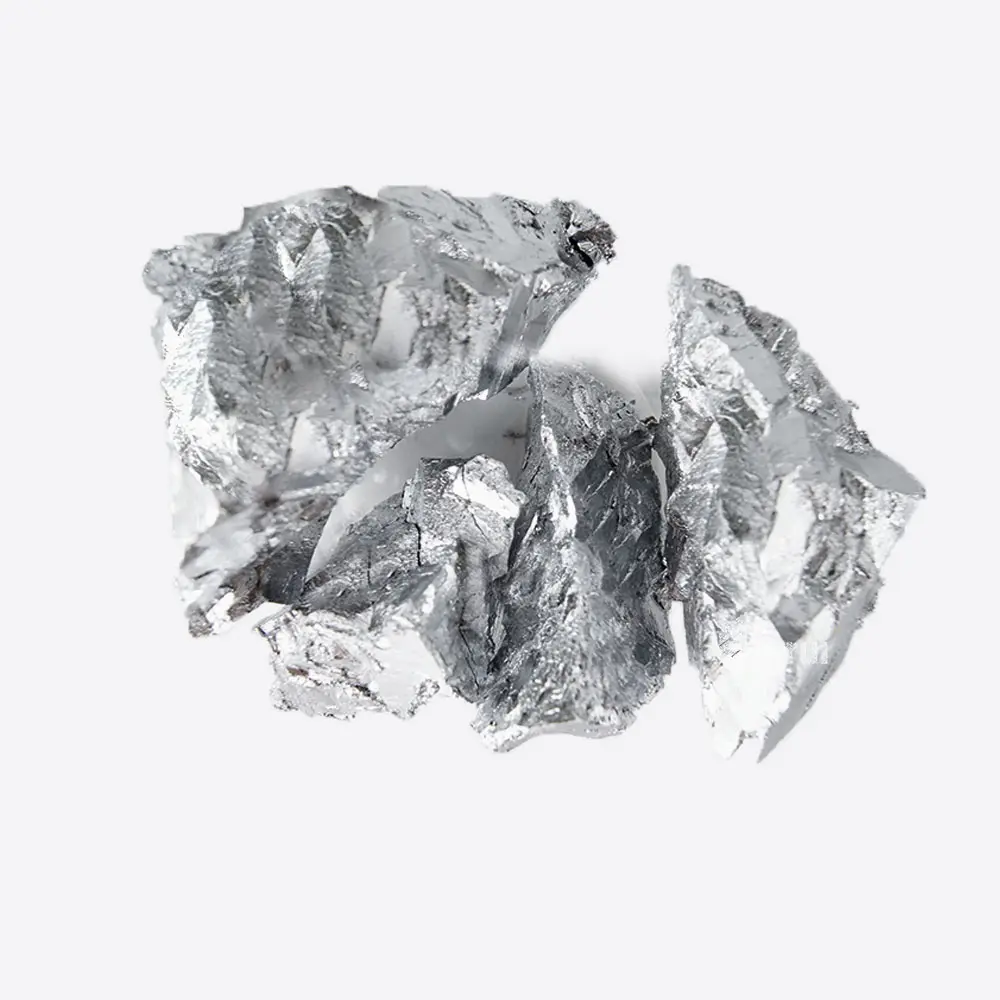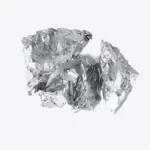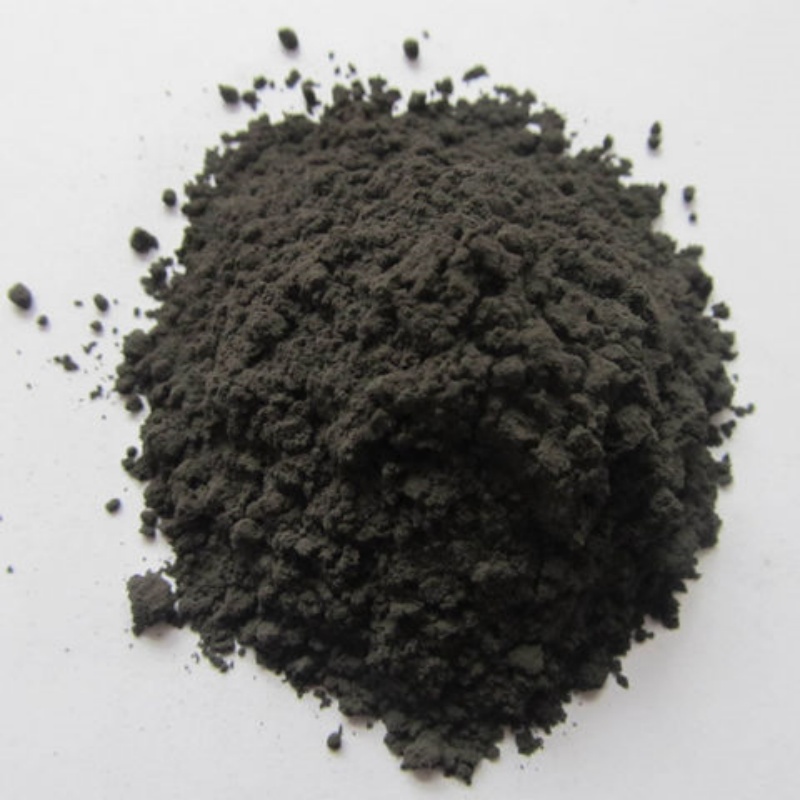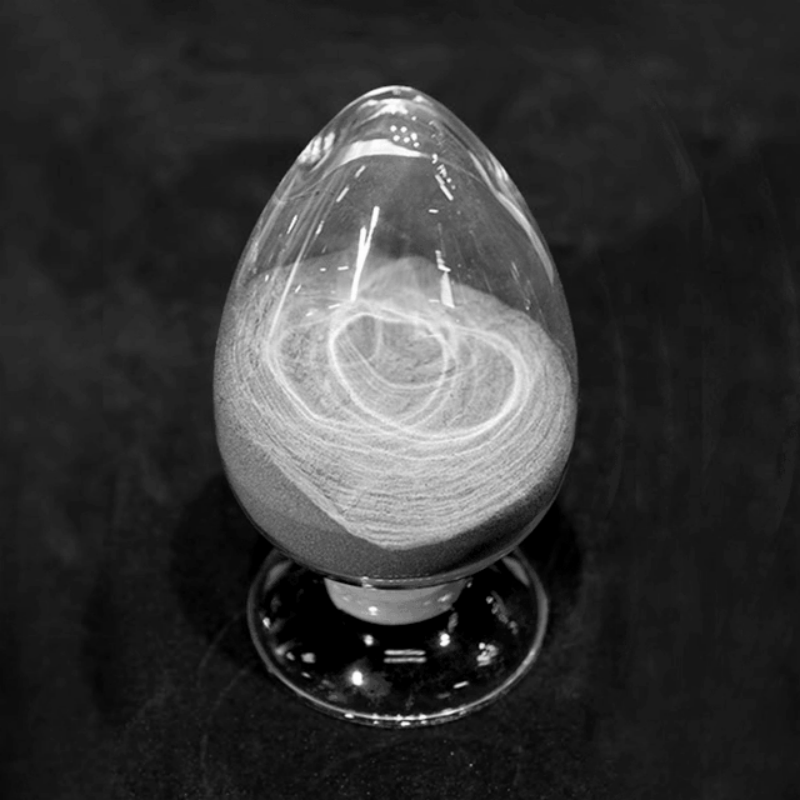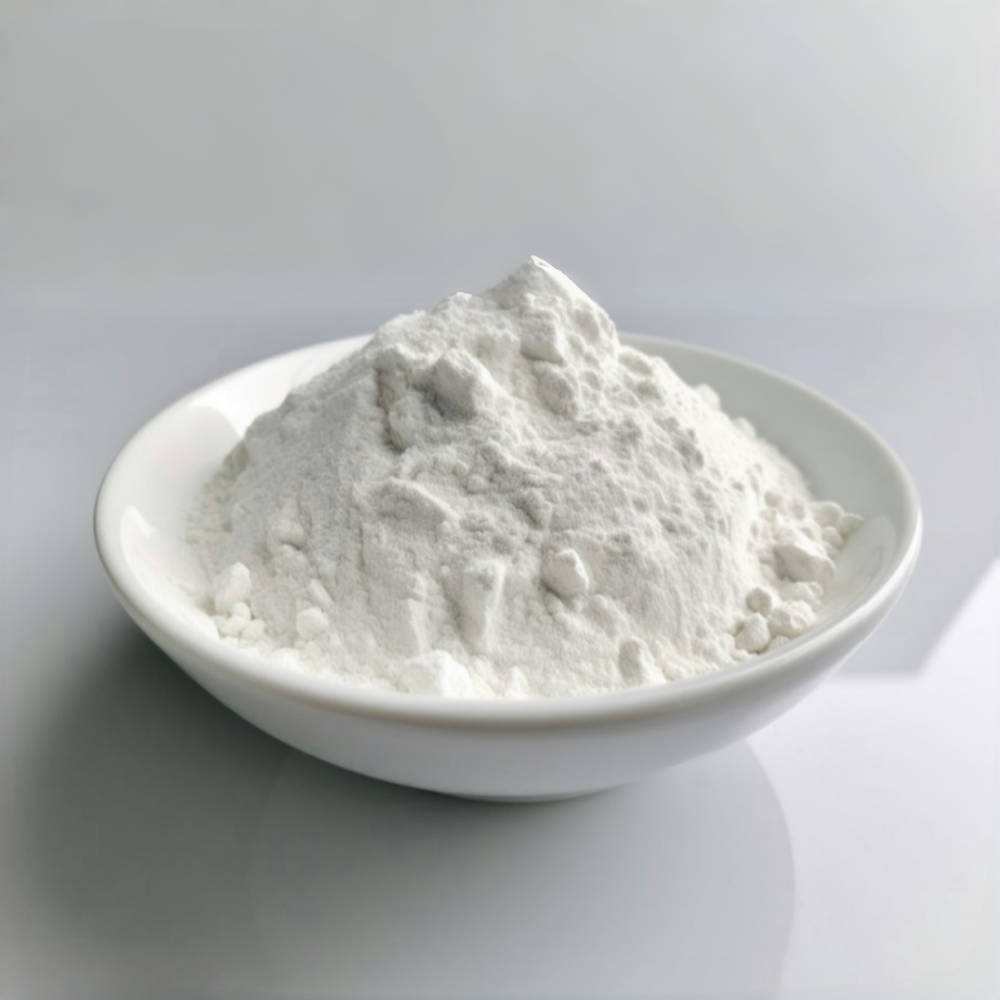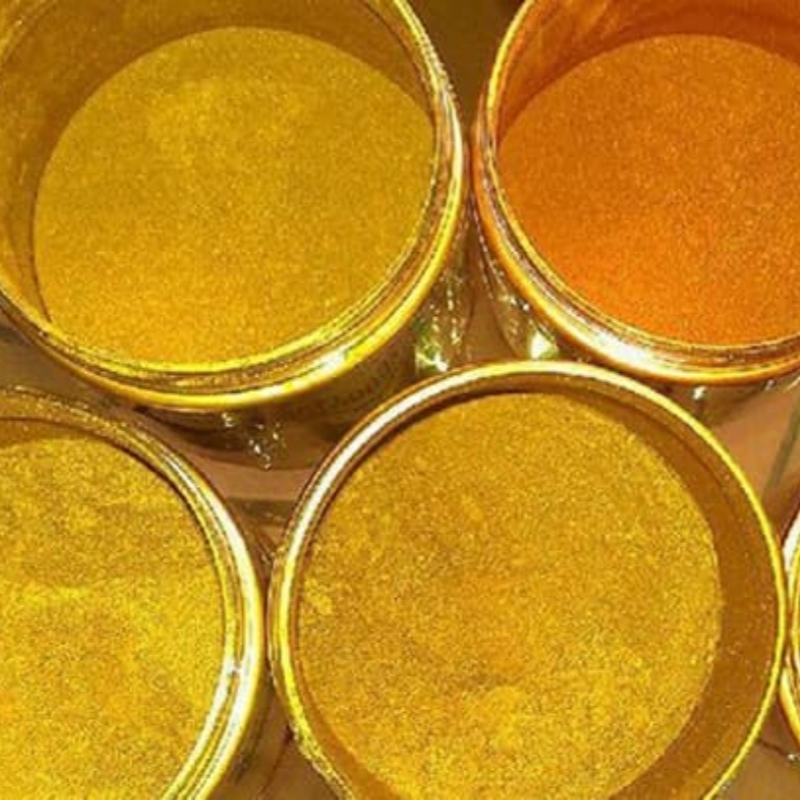Antimony lumps are high-purity materials used in various industrial applications, including flame retardants, lead alloys, and electronics. They are known for their excellent hardness, high melting point, and unique properties.
Product Overview
Antimony lump is a silvery-white metal with excellent physical and chemical properties, commonly used in the manufacture of various industrial alloys and other applications. Its relative density is 6.68, with a melting point of approximately 630°C and a boiling point of about 1635°C. It dissolves easily in aqua regia and concentrated sulfuric acid but is insoluble in water. Antimony is primarily found in nature in the form of stibnite (Sb₂S₃) and is an important mineral resource in China.
Key Features
- High Purity:Available in purities ranging from 4N to 6N, ensuring effective performance in industrial applications.
- Variety of Forms:Can be produced in various forms such as bars, lumps, and powders to meet different needs.
- Good Heat Resistance:Performs exceptionally well under high-temperature conditions, suitable for high-temperature applications.
Applications
- Industrial Alloys:Used in the battery industry for manufacturing battery grids and terminal components, and in mechanical and electrical transportation industries for producing bearing alloys, antimony bronze, and type metal.
- Flame Retardants:Antimony trioxide is an important raw material for flame retardants, widely applied in plastics, papermaking, textiles, and rubber preparation.
- Glass and Ceramics Industry:Adding small amounts of antimony enhances the strength and heat resistance of glass and serves as a stabilizer and thickening agent in ceramics.
- Semiconductors:Antimony lump can be used to produce specific types of semiconductor materials, such as indium antimonide, known for its high conductivity and good thermal stability.
- Other Applications:Used in the manufacture of pigments, catalysts, thermometers, and neutron sources.
| Element | Measured Value | Standard Value | Unit | Element | Measured Value | Standard Value | Unit | Element | Measured Value | Standard Value | Unit |
| Li | Zn | <2 | ppm | Pb | <20 | ppm | |||||
| B | Ga | Bi | <15 | ppm | |||||||
| F | Ge | Y | |||||||||
| Na | As | <20 | ppm | Th | |||||||
| Mg | <2 | ppm | Se | Er | |||||||
| Al | Zr | Ru | |||||||||
| Si | <6 | ppm | Nb | Rh | |||||||
| P | Mo | Os | |||||||||
| Cl | Pd | Cd | <2 | ppm | |||||||
| K | Ag | <1 | ppm | In | |||||||
| Ca | Sn | ||||||||||
| Ti | Sb | Matrix | wt% | ||||||||
| V | Ba | ||||||||||
| Cr | Hf | ||||||||||
| Mn | <1 | ppm | Ta | C | |||||||
| Fe | <2 | ppm | W | S | |||||||
| Co | Pt | O | |||||||||
| Ni | <1 | ppm | Au | N |
 new material
new material

